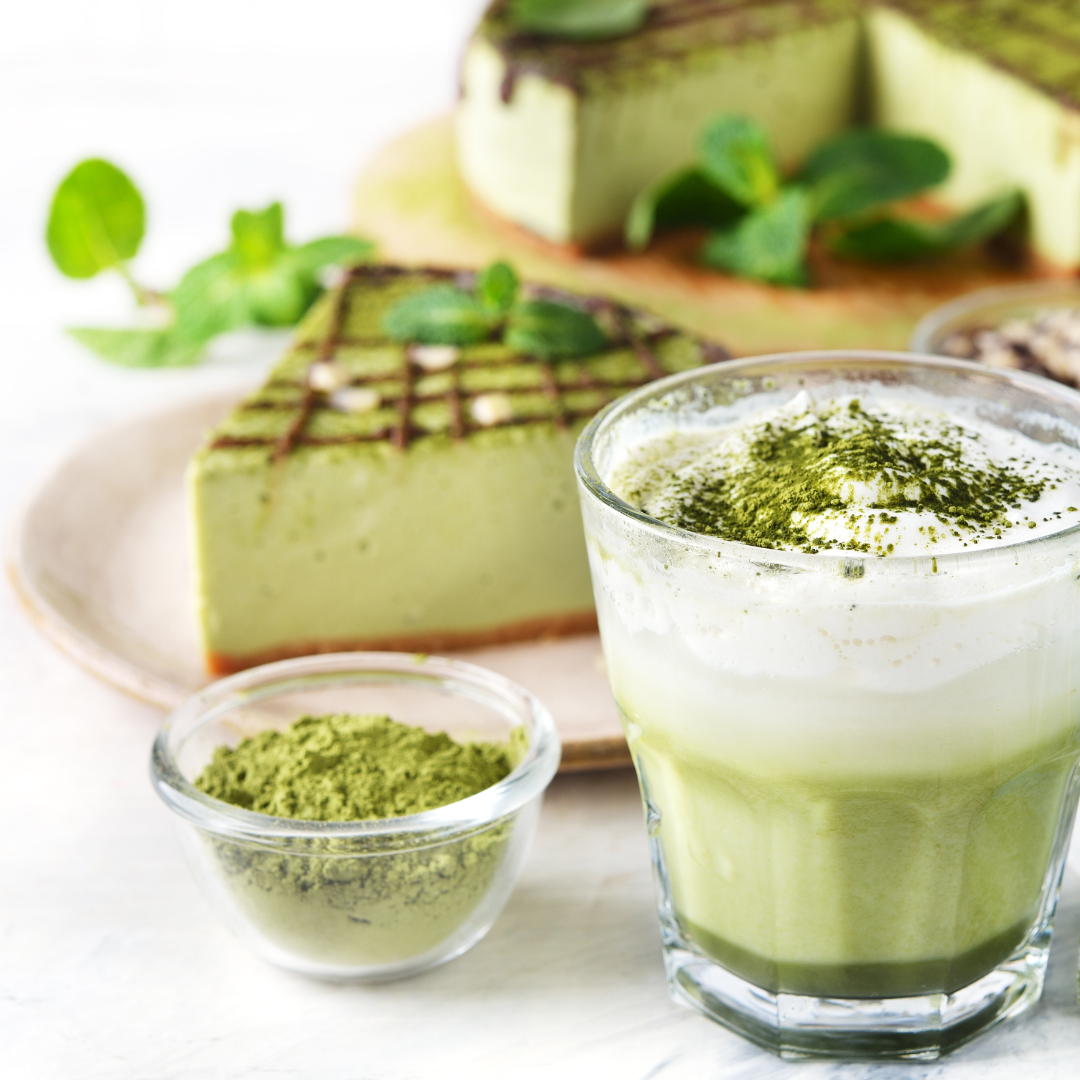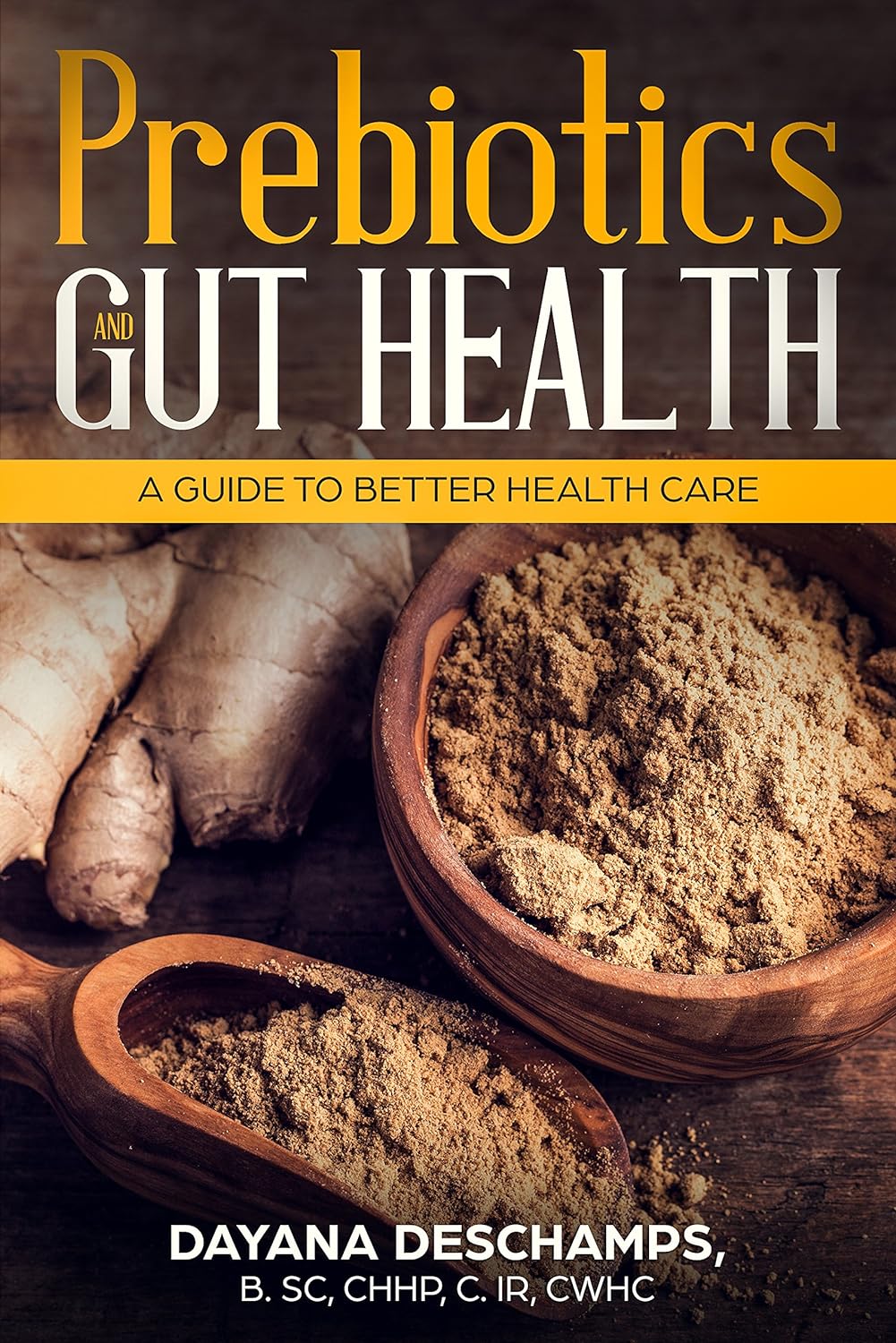No products added!
In the quest for optimal health and well-being, the role of hormones cannot be overstated. Hormonal balance influences everything from metabolism to mood regulation. However, achieving and maintaining hormonal harmony can be challenging in today’s world of environmental toxins and stressors. Enter green tea, a beverage celebrated for its numerous health benefits, including its potential to support hormonal balance. In this blog, we delve into the science behind green tea and its impact on hormones, exploring how this ancient elixir may offer a natural solution to modern hormonal imbalances.
Understanding Hormonal Balance:
Before delving into the relationship between green tea and hormonal balance, it’s essential to grasp the significance of hormonal equilibrium in the body. Hormones act as chemical messengers, regulating various physiological processes, including metabolism, reproduction, and stress response. When these hormones are in balance, the body functions optimally. However, stress, diet, and environmental toxins can disrupt this delicate equilibrium, leading to hormonal imbalances and subsequent health issues.
Green Tea: A Brief Overview:
Green tea, derived from the Camellia sinensis plant, has been consumed for centuries in traditional medicine for its medicinal properties. Rich in antioxidants, polyphenols, and other bioactive compounds, green tea has garnered attention for its potential health benefits, ranging from improved heart health to enhanced cognitive function. One of its lesser-known virtues lies in its ability to influence hormonal balance, making it a promising natural remedy for hormonal issues.
The Science Behind Green Tea and Hormonal Balance:
Numerous studies have investigated the relationship between green tea consumption and hormonal health. Here’s a closer look at the research findings:
- Regulation of Insulin Sensitivity:
Research suggests that green tea may play a role in improving insulin sensitivity and glucose metabolism, which are crucial factors in maintaining hormonal balance. A study published in the Journal of Research in Medical Sciences found that green tea consumption significantly reduced fasting insulin levels and insulin resistance in type 2 diabetic patients. These findings highlight green tea’s potential to support hormonal balance by positively influencing insulin function.
Impact on Thyroid Function:
The thyroid gland plays a central role in regulating metabolism and hormone production. Studies indicate that the catechins found in green tea may modulate thyroid function, potentially benefiting individuals with thyroid disorders. A study published in the Journal of Clinical Endocrinology and Metabolism reported that green tea extract supplementation positively influenced thyroid hormone levels in patients with subclinical hypothyroidism, suggesting a potential role in thyroid health maintenance.
Anti-Estrogenic Effects:
Excessive estrogen levels or estrogen dominance can disrupt hormonal balance and contribute to various health issues, including reproductive disorders and certain cancers. Green tea contains compounds known as catechins, which exhibit anti-estrogenic properties. Research published in the Journal of Steroid Biochemistry and Molecular Biology suggests that green tea catechins may inhibit estrogen synthesis and activity, potentially helping restore hormonal balance in individuals with estrogen-related concerns.
- Stress Reduction and Cortisol Regulation:
Chronic stress can wreak havoc on hormonal balance, particularly by elevating cortisol levels, the body’s primary stress hormone. Green tea contains L theanine, an amino acid known for its calming effects on the nervous system. Studies have demonstrated that L-theanine can mitigate the physiological response to stress by reducing cortisol levels. Green tea may indirectly support hormonal balance by promoting relaxation and stress reduction. L theanine can help alleviate the stress and anxiety that often accompany menstrual cycles. According to a study in “The Asia Pacific Journal of Clinical Nutrition,” L-theanine significantly increases activity in the alpha frequency band, which indicates that it relaxes the mind without inducing drowsiness.
A Menstrual Symptom-Relieving Superdrink:
Besides promoting menstrual health, green tea contains antioxidants and nutrients that alleviate discomforts like cramps and hormonal fluctuations. Green tea’s antioxidant content, especially catechins, can reduce inflammation, combat oxidative stress, and minimize prostaglandin production (a significant cause of inflammation and pain), which can help relieve cramps and pain during menstruation. A study published in the “Journal of Nutritional Biochemistry” found that women who consumed green tea experienced less intense menstrual cramps than those who didn’t.
Metabolic Rate Enhancer:
There is caffeine in green tea and the flavonoid catechin, an antioxidant. According to research, both of these compounds may speed up metabolism. Both catechin and caffeine can increase the amount of energy the body uses, helping to break down excess fat. A 2010 review concluded that green tea supplements containing catechins or caffeine affected weight management in a small but significant way.

How to Incorporate Green Tea Into Your Routine?
Harnessing the potential benefits of green tea for hormonal balance is simple and enjoyable. Here are some practical tips for incorporating green tea into your daily routine:
- Opt for High-Quality Green Tea: Choose organic, high-quality green tea leaves or bags to ensure maximum potency and minimal pesticide exposure.
- Brew it Right: To extract the full spectrum of beneficial compounds, steep green tea in hot water (not boiling) for about 3-5 minutes. Avoid over-brewing, as it may result in a bitter taste.
- Enjoy Regularly: Make green tea a regular part of your daily routine by enjoying it as a morning ritual or afternoon pick-me-up. Aim for 2-3 cups daily to reap its potential health benefits.
- Get Creative: Experiment with different varieties of green tea, such as Matcha or sencha, and explore ways to incorporate green tea into recipes, such as smoothies, soups, or desserts.
Types of Green Tea for Period Health
Not all teas are created equal when choosing the best green tea for period health. Here are a few types that stand out for their health benefits:
- Sencha: This is Japan’s most popular type of green tea. Sencha is rich in vitamins and minerals that can help combat fatigue and boost energy levels during your period.
- Matcha: Known for its vibrant green colour, Matcha is a powdered green tea with a higher concentration of catechins and L-theanine than other green teas. This makes it exceptionally beneficial for reducing inflammation, alleviating cramps, and promoting a calm state of mind.
- Ginger Green Tea: A blend of green tea and ginger can offer added benefits for period health. Ginger is well-known for its anti-inflammatory and analgesic properties, which can help reduce menstrual pain and soothe upset stomachs often associated with periods.
Our Favourite Matcha Green Tea Smoothie Recipe:
- 1 cup frozen pineapple
- One small avocado
- 1 tsp matcha green tea
- 1-2 cups water or nut milk of your choice
Blend all ingredients in a blender until smooth (makes two servings).
Conclusion:
In conclusion, green tea is a versatile and potent ally in promoting hormonal balance and overall well-being. Backed by scientific research, green tea’s antioxidant-rich composition and bioactive compounds offer a holistic approach to supporting hormonal health. Incorporating green tea into your lifestyle can provide a natural and effective way to manage period-related issues. Whether you choose Sencha for its nutrient profile, Matcha for its concentrated benefits, or a ginger-infused green tea for added relief, each cup brings you closer to a more comfortable and balanced menstrual cycle. Remember, while green tea offers many health benefits, it’s also essential to maintain a balanced diet and consult with a healthcare professional for personalized advice.
Word of caution.
This website provides information solely for educational purposes and should not substitute medical diagnosis or treatment.






